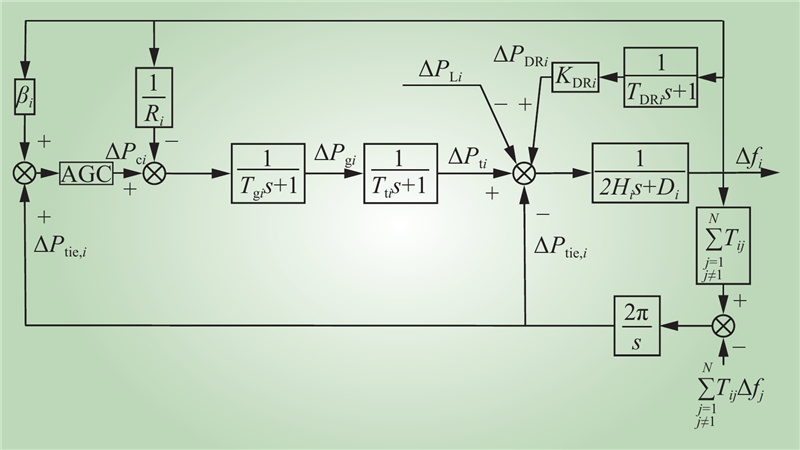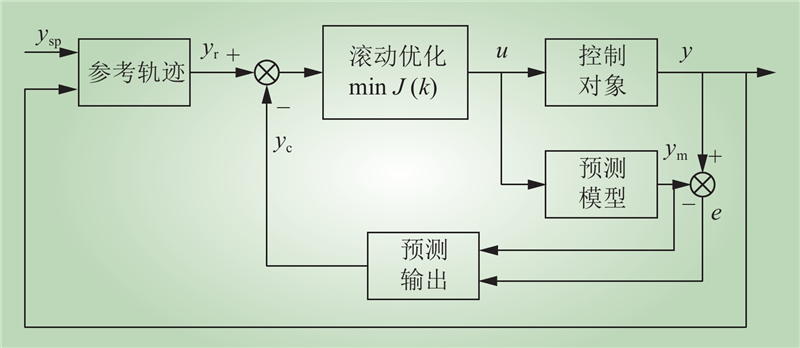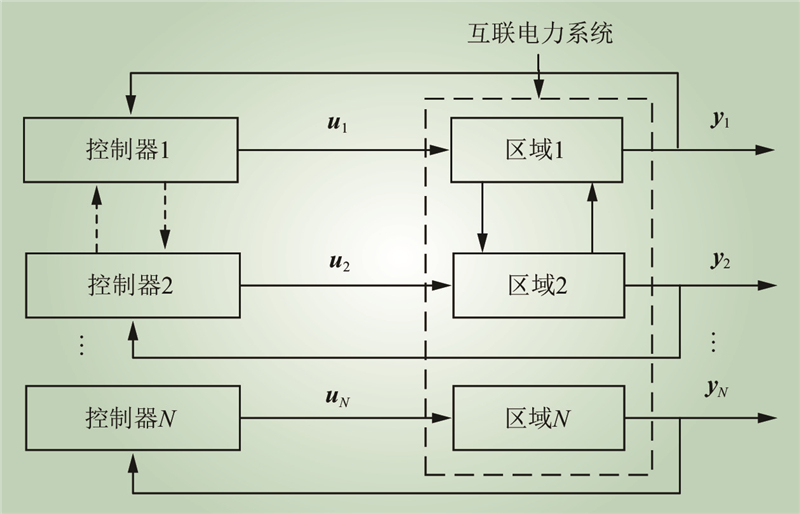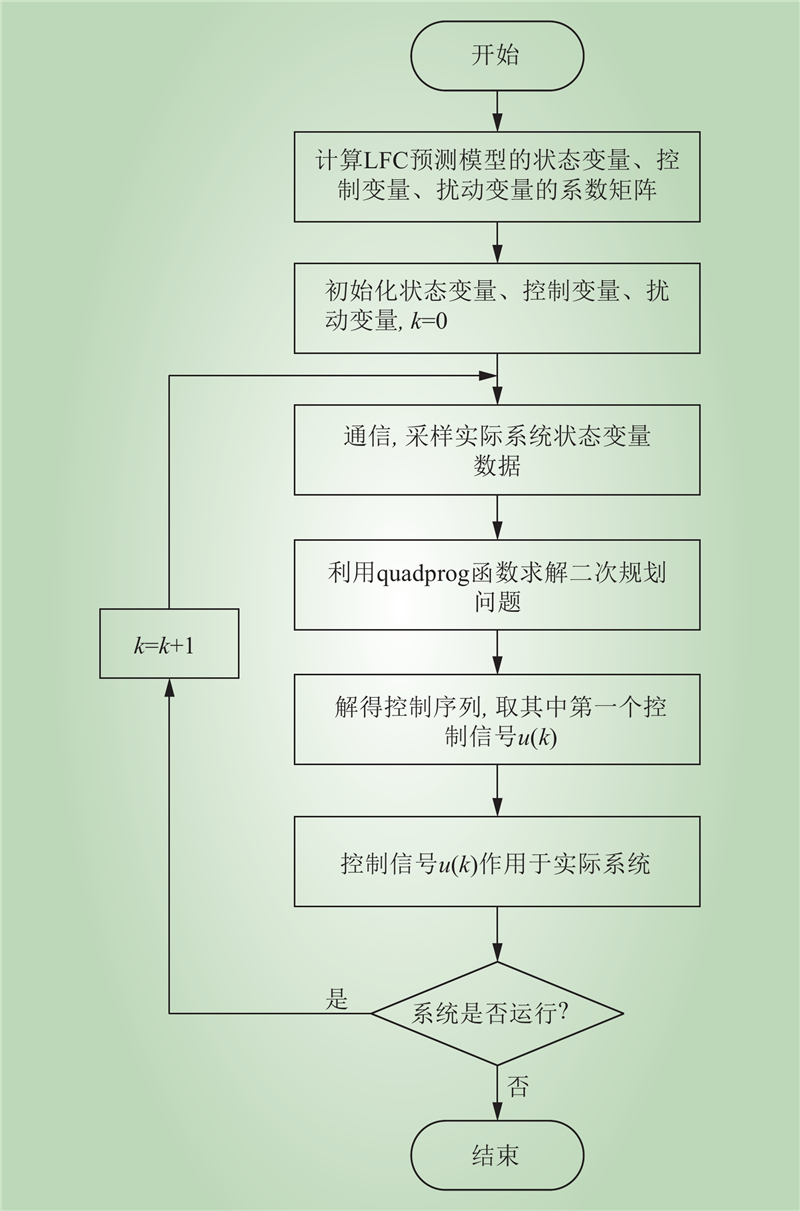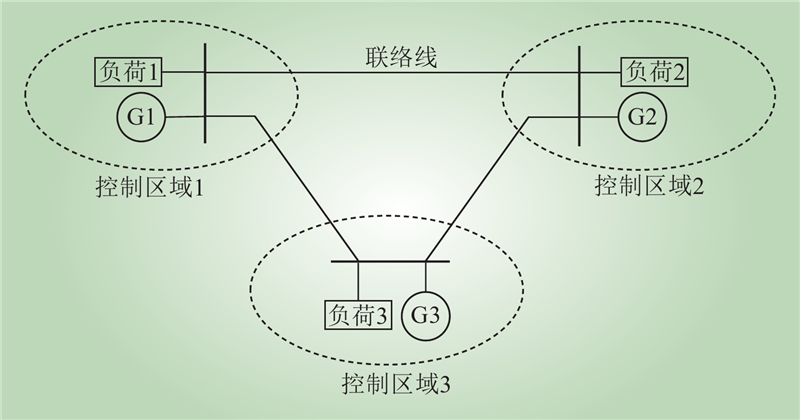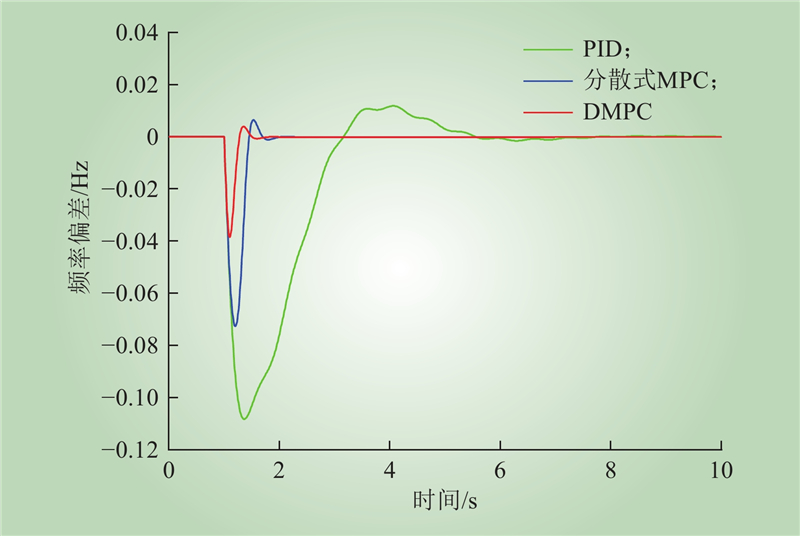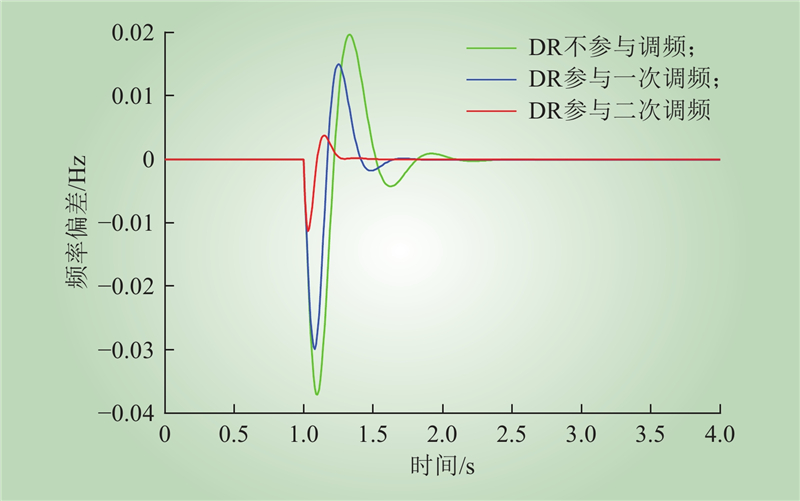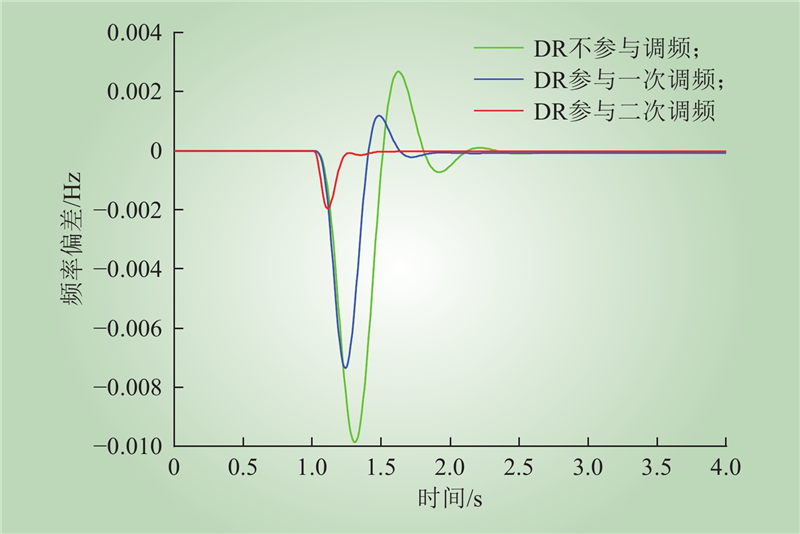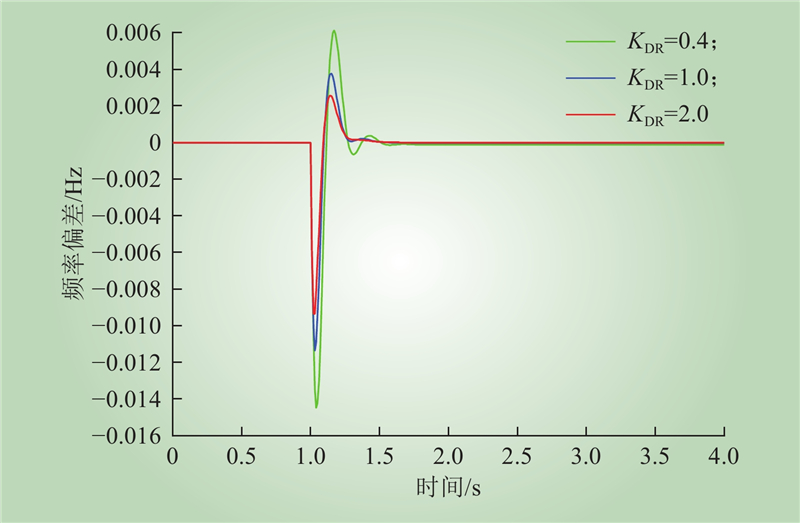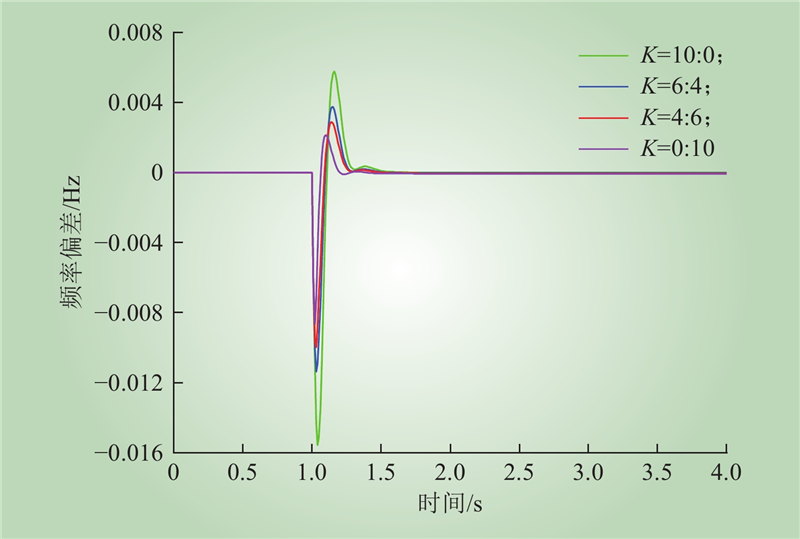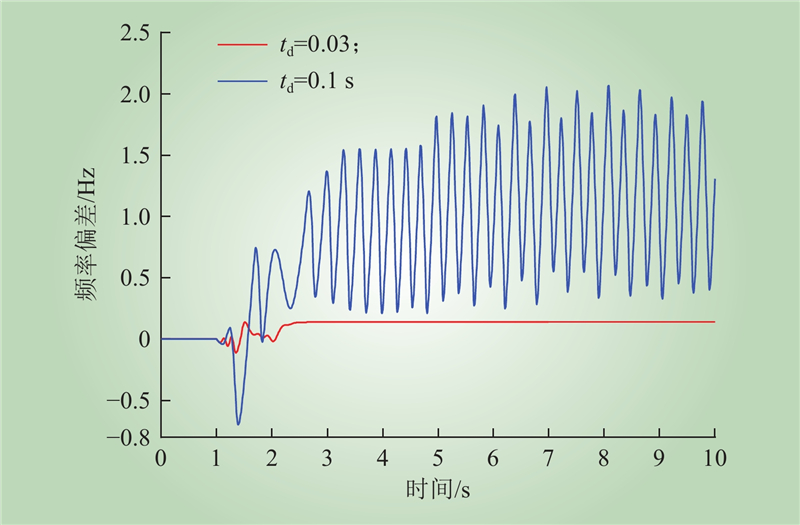| 1 |
谢小荣, 贺静波, 毛航银, 等. “双高” 电力系统稳定性的新问题及分类探讨[J]. 中国电机工程学报, 2021, 41 (2): 461- 475.
|
|
XIE Xiaorong, HE Jingbo, MAO Hangyin, et al. New issues and classification of power system stability with high shares of renewables and power electronics[J]. Proceedings of the CSEE, 2021, 41 (2): 461- 475.
|
| 2 |
韩泽雷, 鞠平, 秦川, 等. 面向新型电力系统的频率安全研究综述与展望[J]. 电力自动化设备, 2023, 43 (9): 112- 124.
|
|
HAN ZeLei, JU Ping, QIN Chuan, et al. Review and prospect of research on frequency security of new power system[J]. Electric Power Automation Equipment, 2023, 43 (9): 112- 124.
|
| 3 |
王雪, 刘林, 刘文迪, 等. 基于纵横交叉算法的新型电力系统惯量延迟优化控制策略[J]. 中国电力, 2024, 57 (7): 12- 20.
|
|
WANG Xue, LIU Lin, LIU Wendi, et al. A novel inertia delay optimization control strategy for new power systems based on crisscross optimization[J]. Electric Power, 2024, 57 (7): 12- 20.
|
| 4 |
周子超, 吴水军, 束洪春, 等. 含有调速器多死区环节的风水火系统频率稳定分析[J]. 电力系统保护与控制, 2024, 52 (5): 1- 11.
|
|
ZHOU Zichao, WU Shuijun, SHU Hongchun, et al. Frequency stability analysis of a wind-hydro-thermal system with a governor multi-dead-zone link[J]. Power System Protection and Control, 2024, 52 (5): 1- 11.
|
| 5 |
李谟发, 张志文, 胡斯佳, 等. 基于MVO算法与改进目标函数的电力系统负荷频率控制[J]. 电力系统保护与控制, 2024, 52 (6): 1- 14.
|
|
LI Mofa, ZHANG Zhiwen, HU Sijia, et al. Load frequency control of power systems based on an MVO algorithm and improved objective function[J]. Power System Protection and Control, 2024, 52 (6): 1- 14.
|
| 6 |
张子扬, 张宁, 杜尔顺, 等. 双高电力系统频率安全问题评述及其应对措施[J]. 中国电机工程学报, 2022, 42 (1): 1- 25.
|
|
ZHANG Ziyang, ZHANG Ning, DU Ershun, et al. Review and countermeasures on frequency security issues of power systems with high shares of renewables and power electronics[J]. Proceedings of the CSEE, 2022, 42 (1): 1- 25.
|
| 7 |
SCHMITT K, BHATTA R, CHAMANA M, et al. A review on active customers participation in smart grids[J]. Journal of Modern Power Systems and Clean Energy, 2023, 11 (1): 3- 16.
DOI
|
| 8 |
李晓露, 徐婉云, 柳劲松, 等. 考虑时序相关性的需求侧资源可调节功率域聚合方法[J]. 电力系统保护与控制, 2024, 52 (15): 58- 68.
|
|
LI Xiaolu, XU Wanyun, LIU Jinsong, et al. Adjustable power domain aggregation method for demand-side resourcesconsidering temporal correlation[J]. Power System Protection and Control, 2024, 52 (15): 58- 68.
|
| 9 |
张凯瑞, 明昊, 高赐威. 基于CPSS视角的需求响应能力评估综述[J]. 电力科学与技术学报, 2024, 39 (1): 28- 46.
|
|
ZHANG Kairui, MING Hao, GAO Ciwei. A review of demand response capability assessment based on CPSS perspective[J]. Journal of Electric Power Science and Technology, 2024, 39 (1): 28- 46.
|
| 10 |
刘珊珊, 李柯睿, 刘柏康, 等. 绿证—碳联合机制下含多类型需求响应和氢能多元利用的综合能源系统优化调度[J]. 电力科学与技术学报, 2024, 39 (05): 203- 215, 225.
|
|
LIU Shanshan, LI Kerui, LIU Baikang, et al. Optimal dispatching of integrated energy systems with diverse demand response andmultifaceted hydrogen utilization under green certificate-carbon joint mechanism[J]. Journal of Electric Power Science and Technology, 2024, 39 (05): 203- 215, 225.
|
| 11 |
王路平, 李浩志, 谢小荣. 提高短期频率稳定性的紧急需求响应分散协调控制方法[J]. 中国电机工程学报, 2020, 40 (11): 3462- 3470.
|
|
WANG Luping, LI Haozhi, XIE Xiaorong. A decentralized and coordinated control of emergency demand response to improve short-term frequency stability[J]. Proceedings of the CSEE, 2020, 40 (11): 3462- 3470.
|
| 12 |
叶文圣, 荆朝霞, 禤宗衡. 英国频率响应服务市场及对中国调频市场建设的启示[J]. 中国电力, 2023, 56 (1): 77- 86.
|
|
YE Wensheng, JING Chaoxia, XUAN Zongheng. UK frequency response service markets and their implications for China’s frequency regulation market construction[J]. Electric Power, 2023, 56 (1): 77- 86.
|
| 13 |
KUMARI S, PATHAK P K. A state-of-the-art review on recent load frequency control architectures of various power system configurations[J]. Electric Power Components and Systems, 2024, 52 (5): 722- 765.
DOI
|
| 14 |
陶苏朦, 王琦, 赵奇, 等. 大功率缺失下频率响应负荷聚合建模与分散控制方法[J]. 电力自动化设备, 2020, 40 (2): 182- 188, 1.
|
|
TAO Sumeng, WANG Qi, ZHAO Qi, et al. Aggregation modeling and decentralized control method of frequency response load under severe power shortage[J]. Electric Power Automation Equipment, 2020, 40 (2): 182- 188, 1.
|
| 15 |
TIAN G Y, SUN Q Z. A stochastic controller for primary frequency regulation using ON/OFF demand side resources[J]. IEEE Transactions on Smart Grid, 2023, 14 (5): 4141- 4144.
DOI
|
| 16 |
李嘉媚, 艾芊, 殷爽睿. 虚拟电厂参与调峰调频服务的市场机制与国外经验借鉴[J]. 中国电机工程学报, 2022, 42 (1): 37- 56.
|
|
LI Jiamei, AI Qian, YIN Shuangrui. Market mechanism and foreign experience of virtual power plant participating in peak-regulation and frequency-regulation[J]. Proceedings of the CSEE, 2022, 42 (1): 37- 56.
|
| 17 |
SUH J, SONG S, JANG G. Power imbalance-based droop control for vehicle to grid in primary frequency regulation[J]. IET Generation, Transmission & Distribution, 2022, 16 (17): 3374- 3383.
|
| 18 |
胡江溢, 郑涛, 金玉龙, 等. 计及用户决策不确定性与调频备用需求的空调负荷聚合策略[J]. 电网技术, 2022, 46 (9): 3534- 3542.
|
|
HU Jiangyi, ZHENG Tao, JIN Yulong, et al. An aggregation strategy of air conditioning loads considering uncertainty of customer behavior and frequency regulation demand[J]. Power System Technology, 2022, 46 (9): 3534- 3542.
|
| 19 |
李梓瑄, 包宇庆, 宋梦, 等. 计及开关寿命损耗的温控负荷分布式控制策略[J]. 电力工程技术, 2022, 41 (4): 75- 82.
DOI
|
|
LI Zixuan, BAO Yuqing, SONG Meng, et al. Distributed control strategy of temperature control loads considering switch life loss[J]. Electric Power Engineering Technology, 2022, 41 (4): 75- 82.
DOI
|
| 20 |
张怡, 张恒旭, 李常刚, 等. 深度学习在电力系统频率分析与控制中的应用综述[J]. 中国电机工程学报, 2021, 41 (10): 3392- 3406, 3665.
|
|
ZHANG Yi, ZHANG Hengxu, LI Changgang, et al. Review on deep learning applications in power system frequency analysis and control[J]. Proceedings of the CSEE, 2021, 41 (10): 3392- 3406, 3665.
|
| 21 |
XIE J, SUN W. Distributional deep reinforcement learning-based emergency frequency control[J]. IEEE Transactions on Power Systems, 2022, 37 (4): 2720- 2730.
DOI
|
| 22 |
杨丽, 孙元章, 徐箭, 等. 基于在线强化学习的风电系统自适应负荷频率控制[J]. 电力系统自动化, 2020, 44 (12): 74- 83.
DOI
|
|
YANG Li, SUN Yuanzhang, XU Jian, et al. Adaptive load frequency control of wind power system based on online reinforcement learning[J]. Automation of Electric Power Systems, 2020, 44 (12): 74- 83.
DOI
|
| 23 |
胡益, 王晓茹, 滕予非, 等. 基于多层支持向量机的交直流电网频率稳定控制方法[J]. 中国电机工程学报, 2019, 39 (14): 4104- 4118.
|
|
HU Yi, WANG Xiaoru, TENG Yufei, et al. Frequency stability control method of AC/DC power system based on multi-layer support vector machine[J]. Proceedings of the CSEE, 2019, 39 (14): 4104- 4118.
|
| 24 |
黄堃, 付明, 梁加本. 基于融合专家知识DDPG的孤岛微电网频率调节策略[J]. 中国电力, 2024, 57 (2): 194- 201.
|
|
HUANG Kun, FU Ming, LIANG Jiaben. Frequency regulation strategy of isolated island microgrid based on fusion expert knowledge DDPG[J]. Electric Power, 2024, 57 (2): 194- 201.
|
| 25 |
WANG H M, LI Z S. Multi-area load frequency control in power system integrated with wind farms using fuzzy generalized predictive control method[J]. IEEE Transactions on Reliability, 2023, 72 (2): 737- 747.
DOI
|
| 26 |
赵晶晶, 杜明, 刘帅, 等. 基于模型预测控制的双馈风电机组调频与转子转速恢复策略[J]. 中国电力, 2023, 56 (6): 11- 17.
|
|
ZHAO Jingjing, DU Ming, LIU Shuai, et al. Frequency modulation and rotor speed recovery strategy of doubly-fed induction generator based on model predictive control[J]. Electric Power, 2023, 56 (6): 11- 17.
|
| 27 |
孙舶皓, 汤涌, 叶林, 等. 基于随机分层分布式模型预测控制的风电集群频率控制规划方法[J]. 中国电机工程学报, 2019, 39 (20): 5903- 5914,6171.
|
|
SUN Bohao, TANG Yong, YE Lin, et al. A programming method for wind power cluster frequency control based on S-H-DMPC[J]. Proceedings of the CSEE, 2019, 39 (20): 5903- 5914,6171.
|
| 28 |
付阳, 宋运忠. 考虑可控负荷的多区域电力系统分布式模型预测负荷频率控制[J]. 电力系统保护与控制, 2023, 51 (17): 101- 109.
|
|
FU Yang, SONG Yunzhong. Distributed model predictive load frequency control of a multi-area power system considering controllable load[J]. Power System Protection and Control, 2023, 51 (17): 101- 109.
|
| 29 |
汪梦军, 郭剑波, 马士聪, 等. 新能源电力系统暂态频率稳定分析与调频控制方法综述[J]. 中国电机工程学报, 2023, 43 (5): 1672- 1693.
|
|
WANG Mengjun, GUO Jianbo, MA Shicong, et all. Review of transient frequency stability analysis and frequency regulation control methods for renewable power systems[J]. Proceedings of the CSEE, 2023, 43 (5): 1672- 1693.
|
| 30 |
陈宗遥, 卜旭辉, 崔立志, 等. 基于特征模型的互联电力系统数据驱动负荷频率控制[J]. 电网技术, 2023, 47 (9): 3819- 3828.
|
|
CHEN Zongyao, BU Xuhui, CUI Lizhi, et al. Data-driven load frequency control based on characteristic model for interconnected power system[J]. Power System Technology, 2023, 47 (9): 3819- 3828.
|



